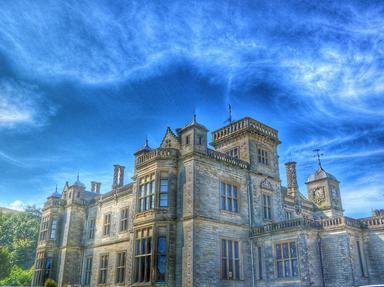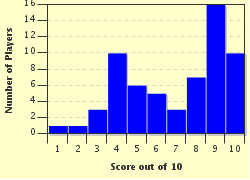Quiz Answer Key and Fun Facts
1. On 2nd April 1982 an Argentine military task force invaded the Falkland Islands and quickly took control; the British governor being forced to surrender because of overwhelming odds. Who was the Governor of the Falkland Islands at that time?
2. Who was the President of Argentina at the time of the invasion, who gave the order for the occupation of the Falkland Islands?
3. On 5th April 1982, following the resignation of Lord Carrington over the invasion, a rapidly assembled task force set sail for the Falklands. Which luxurious civilian liners were used to transport many of the ground troops to the Falkland Islands?
4. Shortly before the arrival of the main British task force in the South Atlantic Ocean, this remote island outpost, some 965 miles East South East of the Falklands archipelago was retaken by a small British advance force. Which island was this?
5. On 2nd May 1982 the British Prime Minister, Margaret Thatcher, faced serious criticism after an event which resulted in the loss of more than 320 Argentine sailors. Whilst allegedly steaming toward the British task force the Argentine Navy vessel ARA General Belgrano was sunk by a British submarine.
6. Between May 4th and May 25th 1982, the Royal Navy suffered losses due to Argentine air attacks. Many of the British vessels were hit by bombs whilst others were hit and sunk by which type of anti-ship missile?
7. On 21st May 1982 the first British ground troops landed at San Carlos Water in preparation for the first ground assault of the conflict. Over the 28th and 29th of May this assault by members of the British 2nd Battalion The Parachute Regiment took place at Pebble Island.
8. On 8th June 1982 more than 48 members of the Welsh Guards were killed in air attacks on two Royal Fleet Auxiliary landing craft, the RFA Sir Galahad and the RFA Sir Tristram. At which inlet did this attack occur?
9. During a series of battles over the night of June 11th/12th, the second posthumous award of the VC during the conflict was awarded to which soldier, a Senior NCO serving with the 3rd Battalion The Parachute Regiment?
10. The Argentine commander, General Mario Menendez surrendered on 14th June 1982 to the commander of the task force, HRH Prince Andrew, as British forces advanced and entered into Port Stanley.
Source: Author
SisterSeagull
This quiz was reviewed by FunTrivia editor
gtho4 before going online.
Any errors found in FunTrivia content are routinely corrected through our feedback system.

